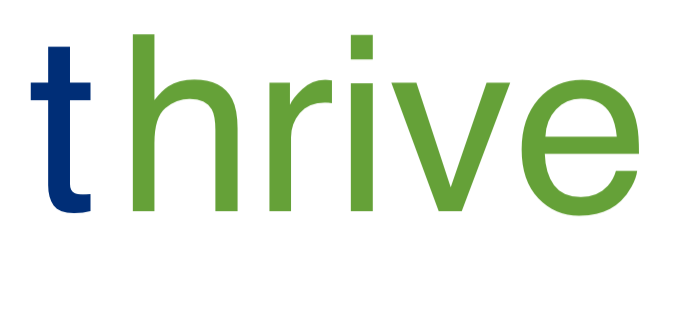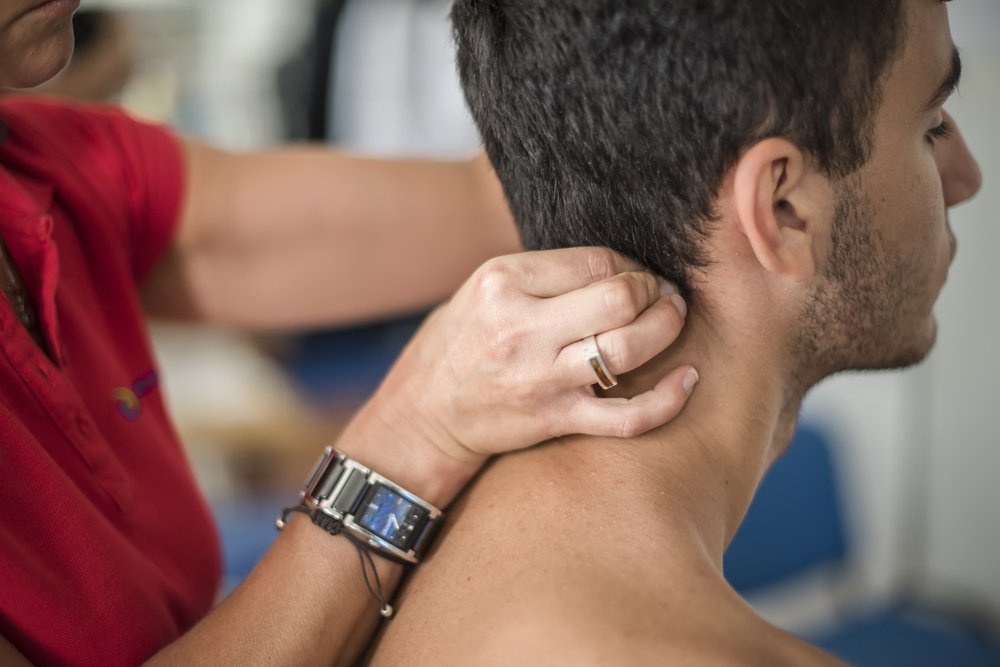Headaches
How can physiotherapy help my headaches?
There are many different types of headaches and many different triggers. Our Physiotherapy team at Thrive are able to provide known and effective treatment for patients with neck based headaches, and can also treatment for patients with with tension-type headache. There is also evidence that physiotherapy can be effective for migraines.
What does physiotherapy treatment for headaches involve?
An initial consultation for patients with headaches is a detailed interview and physical assessment to diagnose your type of headache, to look for patterns, and to find baseline measurements to serve as a reference point to track the patient’s progress. After the assessment, treatment commences, which typically involves specific manual therapy techniques to the patient’s cervical spine.
How does physiotherapy treatment work to reduce my headaches?
To understand why manual therapy is an effective tool, we first have to understand the anatomy of the nerve supply to the upper neck and head. The nerve that supplies sensation to most of the head and face is called the trigeminal nerve. The input from this nerve is processed in the same area of our brain that processes sensory information from the upper three segments of our cervical spine. This area is called the trigeminocervical nucleus and is found in the brainstem. Often a patient with tightness or injury in the neck will experience head pain because of the proximity between the nerves that come from the neck and the nerves that come from the head.
In addition to this mechanism, physiotherapy treatment of the upper cervical spine often works well in headache patients that do not even have neck pain or stiffness. This is because in patients who suffer headache and migraine, the trigeminocervical nucleus becomes over-sensitive, which is often the reason why small triggers such as certain foods, alcohol or hormonal changes can be enough to tip it over the edge and cause a headache or migraine. It has been shown in physiological studies that specific manual therapy techniques of the upper cervical spine can help desensitise the trigeminocervical nucleus, which is why many patients who suffer headache and migraine get good results with physiotherapy.





